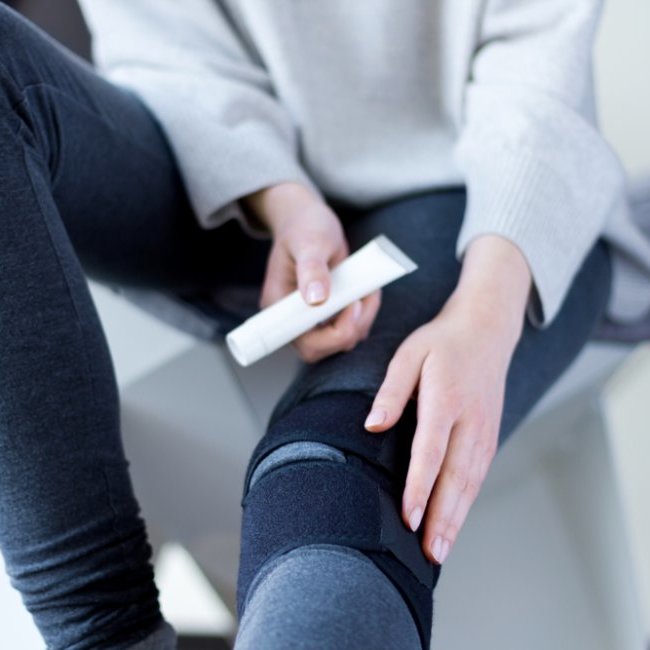


Physicians
Orthopedic Surgery
Shoulder & Knee
Sports Medicine
 Healthgrades
Healthgrades
Body parts
The meniscus is a C-shaped piece of cartilage in the knee that acts as a shock absorber. Each knee has two menisci. They stabilize and cushion the three bones that comprise the knee joint—the femur (thighbone), patella (kneecap) and tibia (shinbone).
A meniscus tear is a common knee injury. Your Orthopedic Institute of New Jersey (OINJ) orthopedic knee specialist may describe the tear as a “bucket handle,” “radial” or “flap” tear. The description is based on the look and location of the tear in the meniscus.
A meniscus can tear suddenly during sports and occur with other knee injuries, such as an anterior cruciate ligament (ACL) tear when performing quick moves that involve planting the foot while bending and twisting the knee.
The meniscus is also more prone to tearing with time. Cartilage in the knee can weaken and thin with age. When you’re older, just twisting when you’re bending over to pick up something can cause a tear if the meniscus has degenerated. Meniscus tears are also common among older athletes.
For a diagnosis and to develop a personalized treatment plan, your OINJ knee doctor will take a medical history and examine your knee, checking for tenderness where the meniscus is located. Your knee doctor may also conduct simple tests that involve bending, straightening and rotating your knee. If you have a meniscus tear, this movement will cause a clicking sound each time your doctor does the test.
An X-ray and MRI can help confirm diagnosis, rule out fracture and evaluate the degree of meniscus, ligament and other cartilage involvement.
Depending on where the tear is in the meniscus, the tear may heal on its own. Resting your knee, applying ice packs several times each day, wearing an elastic bandage, elevating your knee to reduce swelling, anti-inflammatory medication and knee-strengthening exercises may be all you need to manage symptoms and regain knee stability.
If your symptoms continue, your OINJ knee surgeon may recommend arthroscopic knee surgery. The minimally invasive surgical approach involves inserting a miniature camera through a small incision to view inside the knee to trim or repair the tear by stitching (suturing) the torn pieces together. After arthroscopic knee surgery, physical therapy can help strengthen and improve the range of motion of your knee.
Depending on the extent of your surgery, healing may take three weeks to three months before you can return to your regular activities.